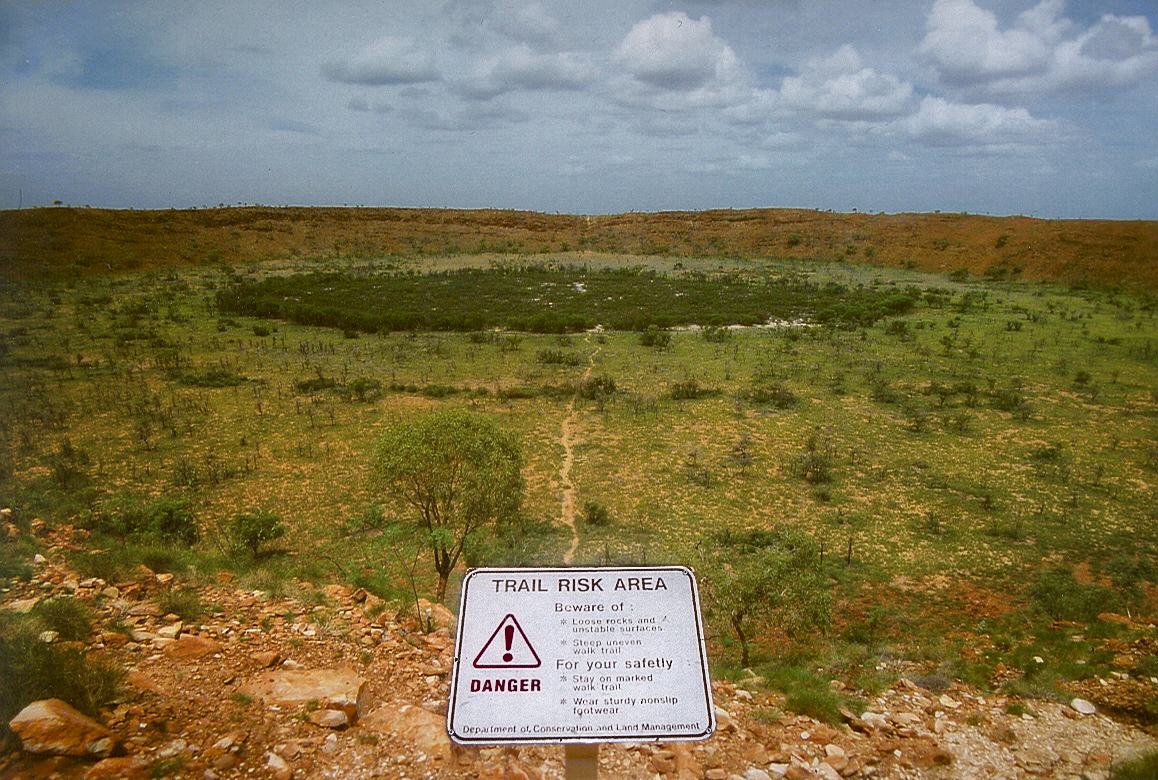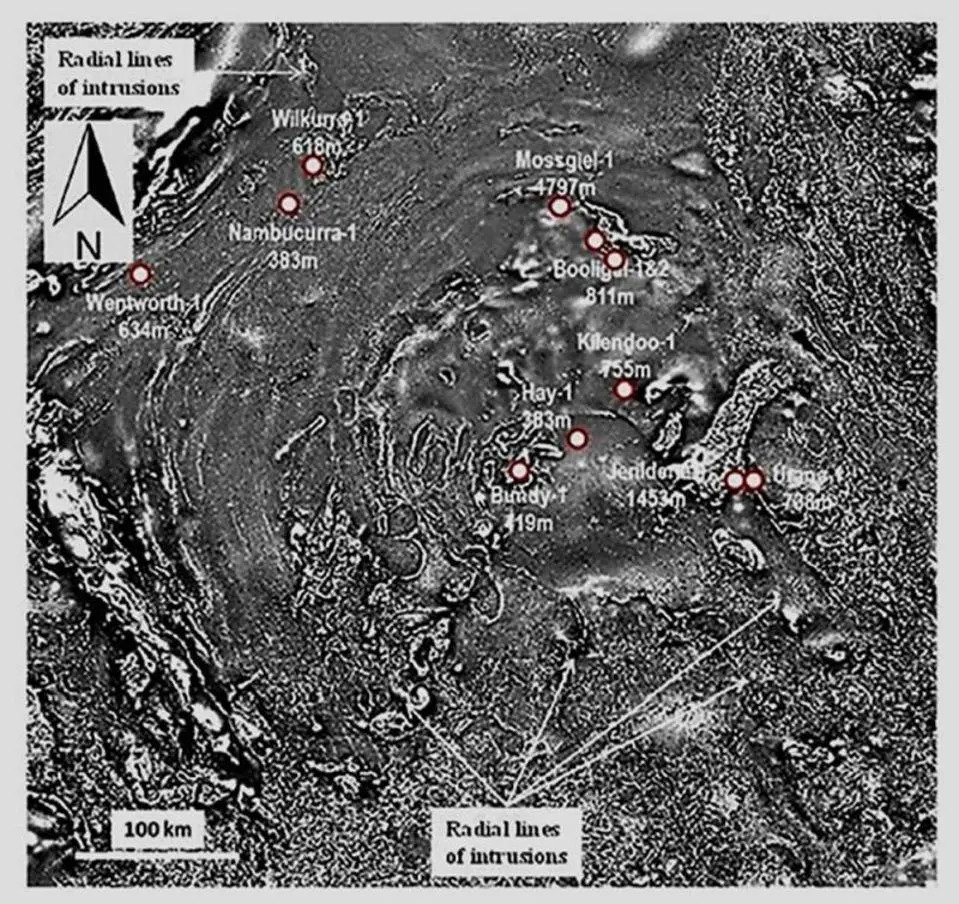Scientists have found evidence that a giant ancient impact crater is buried near the Australian town of Deniliquin. Its diameter reaches 520 km. If this is indeed the case, then it is the largest known trace of a cosmic collision on our planet.

Hidden beneath the surface
Scientists have found geophysical evidence that South Australia has the largest impact crater on Earth. It was formed as a result of a collision with a cosmic body. An article about this was published on August 20 in the journal Tectonophysics.
The idea that an ancient crater may be hiding near the town of Deniliquin in the area known as the Murray Basin was expressed between 1995 and 2000. However, it was hidden under sedimentary rocks 4000 m thick and had gigantic dimensions, so it was not so easy to get confirmation of these assumptions.
The new publication provides data from magnetometric studies that lasted from 2015 to 2020. They found several magnetized concentric circles underground, the diameter of the largest of which was 520 km. They are intersected by numerous anomalies that go from the center to the edges.
According to scientists, such magnetization occurs under the influence of extremely high temperature and pressure during a collision with a cosmic body. This confirms that Deniliquin is indeed an impact crater. Scientists managed to find a rise in the center of the crater, which is a characteristic feature of such formations on the Moon and Mars.
The largest impact crater on Earth
Despite all this, scientists are in no hurry to make final conclusions about the geological formation found in Deniliquin. The fact is that only rock samples hidden under kilometers of sediment can definitively confirm that this is an impact crater.

Based on their thickness, scientists suggested that the crater could have formed between 440 and 500 million years ago, and perhaps it was this impact that caused the mass extinction in the Ordovician period. In addition, Deniliquin may indeed be the largest impact crater on our planet.
So far, the Vredefort formation in South Africa has been recognized as such. It has a diameter of about 300 km. Another possible impact crater may be hiding under the ice of Antarctica. Its diameter can also be about 500 km, but it is even more difficult to find out about it in detail than about Deniliquin.
In total, about 200 impact craters have been discovered on Earth, but their distribution is extremely uneven. Despite the fact that our planet is 4.5 billion years old, the vast majority of collision traces are younger than 200 million years, and craters less than 5 km are extremely rare in general.
The reasons for this are erosion and movement of lithospheric plates. And if the first is mainly responsible for quickly erasing a huge number of small craters, then the second is capable of destroying even those that measure hundreds of kilometers in size.
That is why scientists are carefully studying ancient cratons — areas of the earth’s crust that for hundreds of millions of years have escaped destruction or crumpling with the formation of mountains. It is to them that Scandinavia, South Africa and most of Australia belong.
According to www.forbes.com
Follow us on Twitter to get the most interesting space news in time
https://twitter.com/ust_magazine
